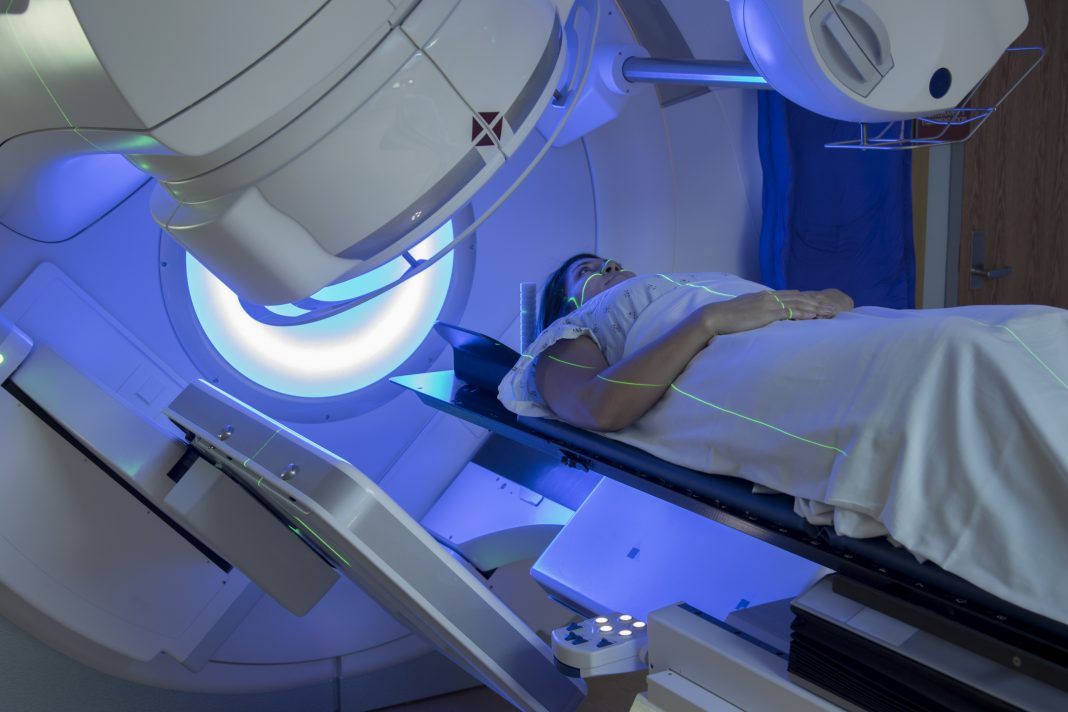Cancers that are starved of oxygen, otherwise known as hypoxic cancers, are generally difficult to identify – but medical imaging has taken a new step with the MR-Linac scanner
Medical Imaging is opening more pathways for cancer treatment, as researchers have been able to successfully identify hypoxic cancers, which are generally, extremely difficult to treat.
Tumour hypoxia is a common feature of the microenvironment in solid tumours, primarily due to an inadequate and heterogeneous vascular network. Hypoxia is a major cellular stress factor, and in response to this condition, cells undergo a wide range of molecular changes. When a patient has hypoxic cancer, numerous cellular pathways are affected.
Since the 1950s, tumours which are starved of oxygen have been difficult to treat effectively, even when doctors deliver radiotherapy. Patients with cancer do not usually get routine tests to analyse tumour oxygen levels, as no single test has been developed that is precise, accurate, or cost-effective so far.
No test has been developed that is precise, accurate, or cost-effective so far
To be able to evaluate oxygen-deprived tumours and the causes of hypoxic cancers fully, researchers from University College London, The University of Leeds, and the University of Manchester adapted an MRI scanner that also delivers radiotherapy, called MR-Linac, to be able to measure hypoxic cancers.
Altered treatment can be used to target hypoxic cancers
Published in the journal Radiotherapy and Oncology, the researchers achieved successful imaging by combining two cutting-edge technologies.
Studying 11 patients with head and neck cancer being treated at The Christie NHS Foundation Trust in Manchester, patients were successfully scanned on the MR-Linac machine, which mapped the oxygen levels of the head and neck cancers.
The patients first breathed room air through a mask and then pure oxygen to bathe the tumour with the gas. From this, researchers found that the parts of cancer that had good levels of oxygen responded differently to those that were oxygen depleted. Therefore, the technique, called ‘oxygen-enhanced MRI’, revealed which parts of the tumour were oxygen starved and likely to be resistant to radiotherapy.
Highly precise, real-time imaging and radiotherapy delivery
Lead author, Professor James O’Connor, is a clinician scientist at The University of Manchester, The Christie and The Institute of Cancer Research. He said: “Though it’s clear more work needs to be done, we’re very excited about the potential this technology has to enable daily monitoring of tumour oxygen and we hope to be at a point soon when the technology will guide cancer doctors in how they can best deliver radiotherapy.
“This imaging lets us see inside tumours and helps us understand why some people with cancer need an extra boost to get effective treatment. This is an important step towards the goal of changing treatment based on imaging biology.”
‘Oxygen-enhanced MRI’
First author Dr Michael Dubec from The University of Manchester and The Christie added: “MR-Linac is an exciting technology that combines highly precise imaging and radiotherapy delivery that allows for real-time imaging.
“We are tremendously excited about what is the first application in humans of ‘oxygen-enhanced MRI’, developed as a result of a multi-disciplinary team working across the country which has exciting implications on patient outcomes.”











